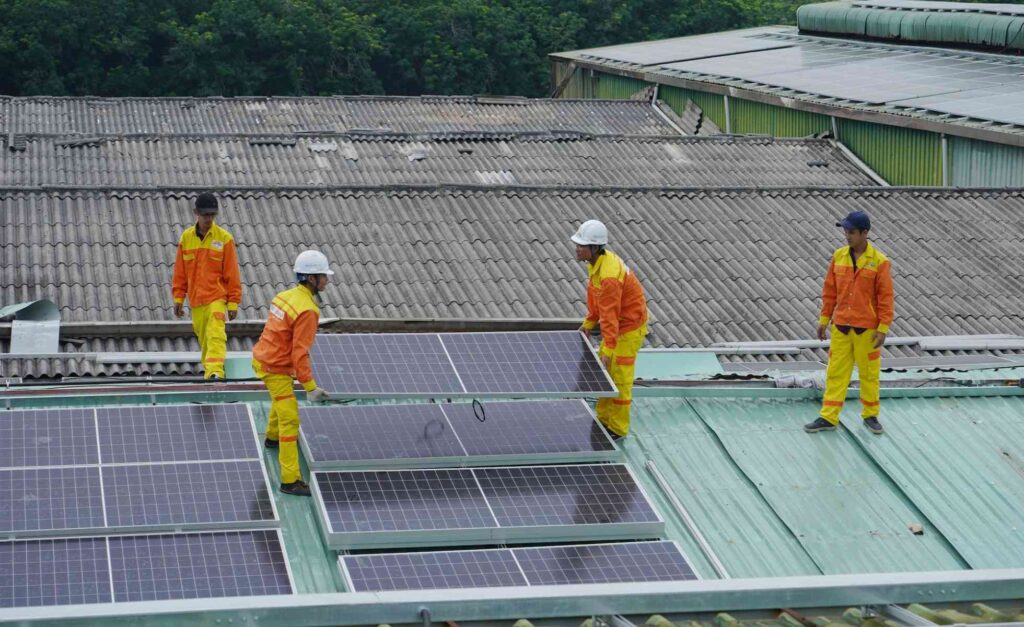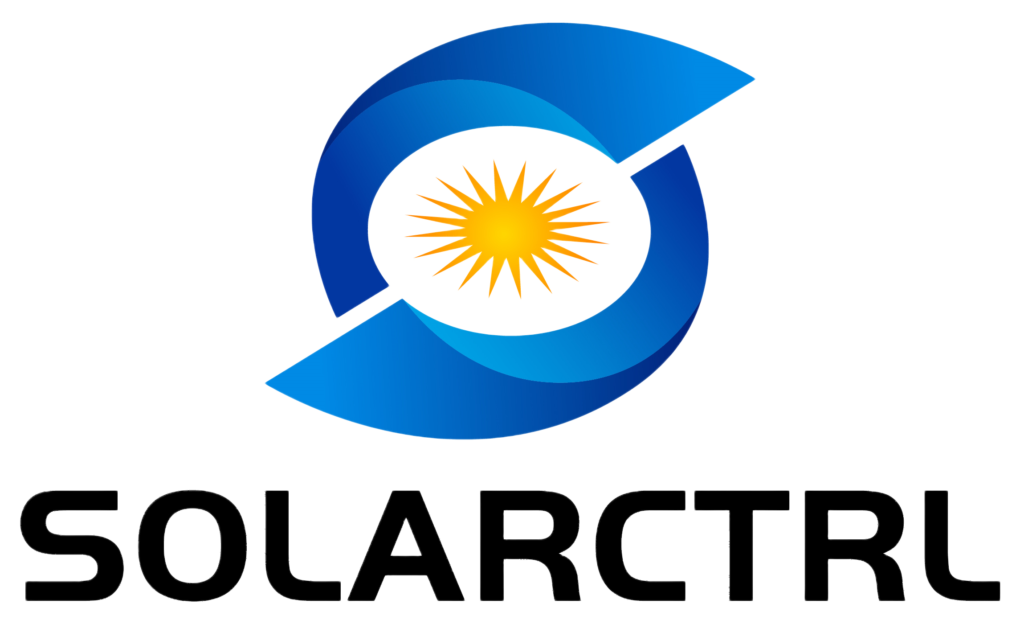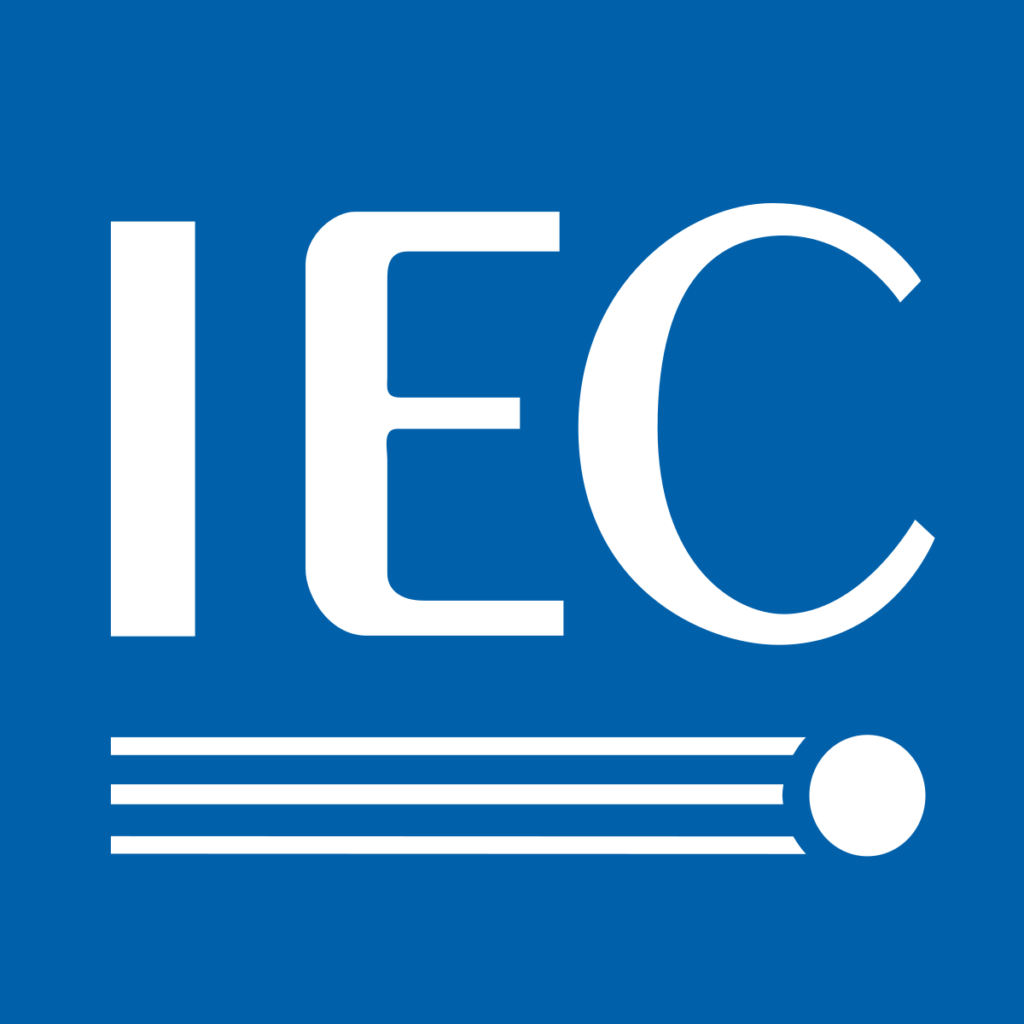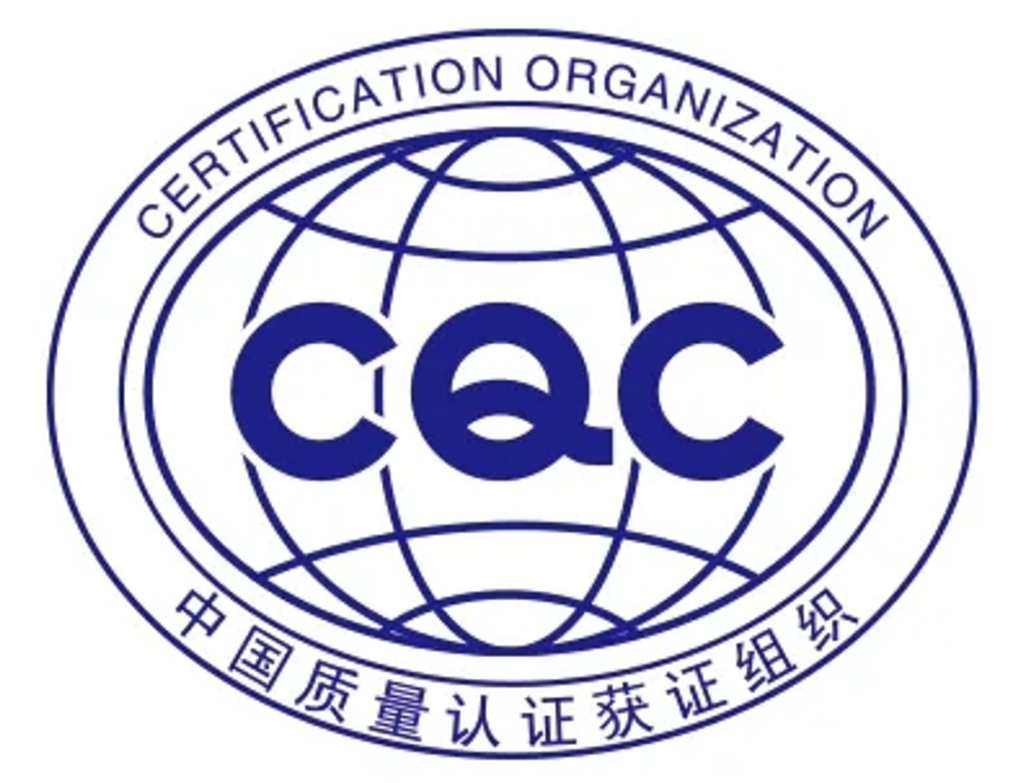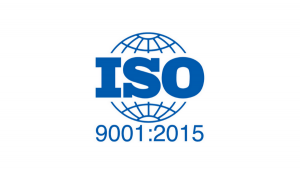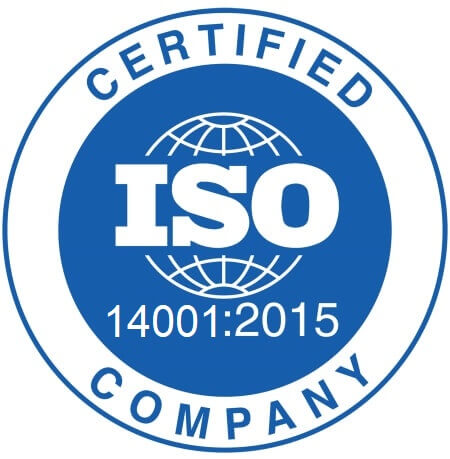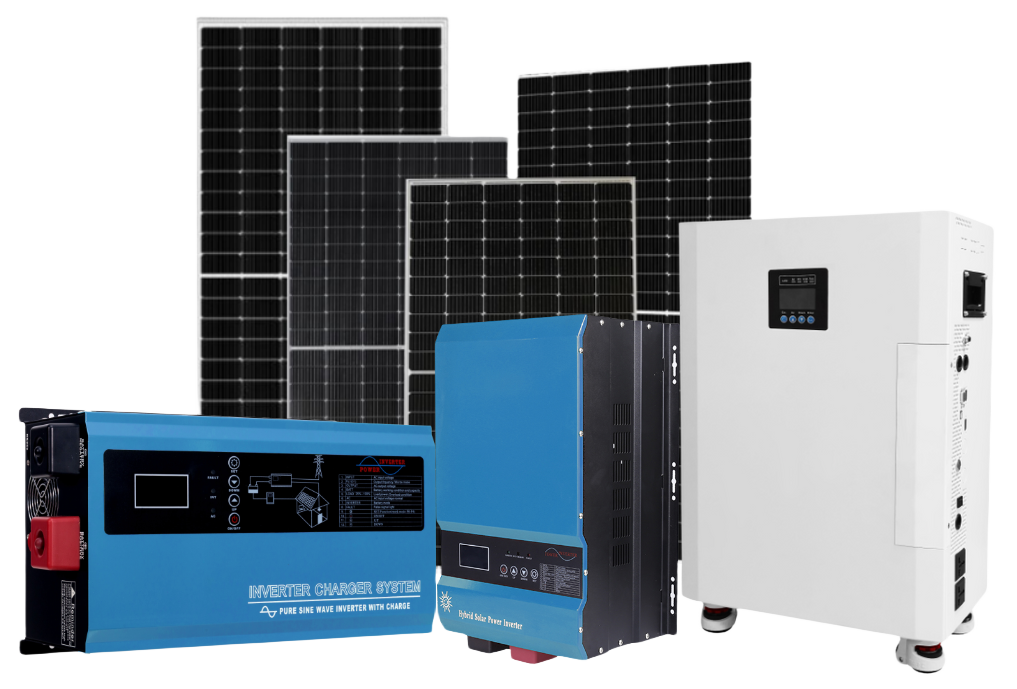If you are interested in the photovoltaic industry, you can follow the News section of our website. We will regularly collect global current affairs news in the industry and share it with you.
Hot 1: The cost of Chinese photovoltaic components has decreased by 42% in 2023!
Wood Mackenzie points out in its latest report “New Horizons” that in the past 12 months, the production cost of Chinese solar components has decreased by 42%, falling to $0.15 per watt. This gives Chinese manufacturers a greater cost advantage over international competitors.
The report explores the “Five Low-Carbon Technology Trends Worth Tracking,” identifying key potential trends in the entire low-carbon field through five crucial charts.
In addition to the decline in the cost of Chinese solar hardware, the report also focuses on the rise of renewable energy, efforts to diversify the supply of raw materials for batteries, progress in carbon capture and storage, and the growth of domestic heat pumps.
The charts in the report showcase the global scale of the energy transition and point out some challenges. Malcolm Forbes-Cable, co-author of the report and Vice President of “Upstream and Carbon Management Consulting,” states, “By 2030, the investment required for the transportation and storage infrastructure of global CCUS (carbon capture, utilization, and storage) is $70 billion, and the financial impact alone requires a global solution.”
The report mentions that China holds 80% of the global capacity, which is reflected in the soaring domestic installed capacity. The report also notes that this year, China’s domestic solar installation capacity will be twice the combined total of the United States and the European Union.
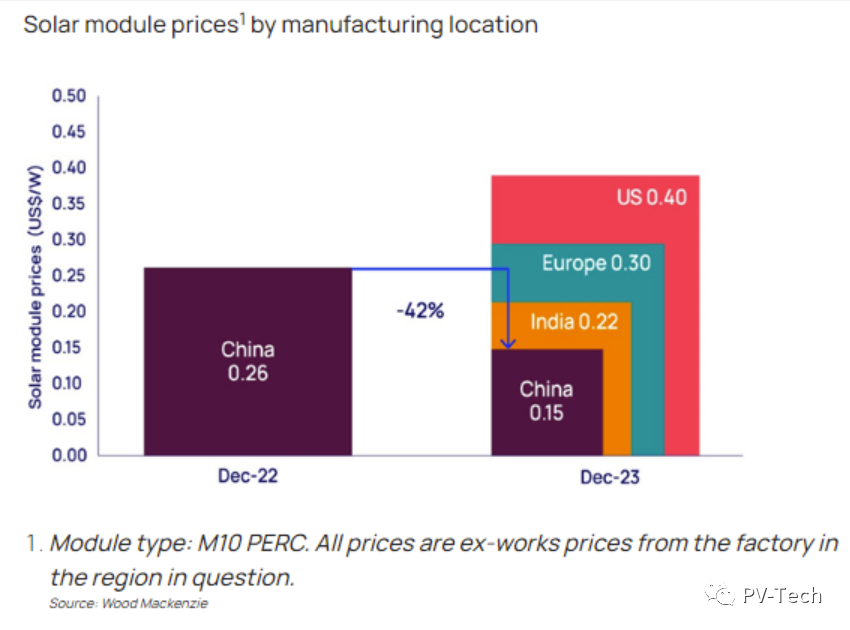
https://mp.weixin.qq.com/s/sbO6OG-IwZ6PVeUkM1yFaw
Hot 2: The European Commission reviews NECPs! Solar PV’s annual addition is expected to reach 75GW
After assessing the revised “National Energy and Climate Plans” (NECPs) of some European countries, the European Commission has called on European governments to “redouble efforts” to accelerate the energy transition.
NECPs are plans by EU member states to decarbonize their national energy structures by 2030, first implemented in 2019. This year, the European Commission provided an opportunity for governments to update their NECPs to align national climate plans with new clean energy targets. The new plans will be written into law by June next year.
As part of the latest round of revisions, some countries have expanded their planned targets, with Europe’s goal being to add 90GW of solar capacity.
The European Commission has now assessed the revised NECPs. The assessment found that even these revised targets are unlikely to achieve a range of targets specified in European energy legislation, most notably the “Fit for 55” plan. This plan aims to reduce the EU’s greenhouse gas emissions by 55% from 1990 levels by 2030.
The European Commission found that if the revised NECPs are implemented, European greenhouse gas emissions will only be 51% of the 1990 levels, far from the expected target.
The European Commission also noted that according to the new NECPs, the share of renewable energy in Europe’s energy mix is expected to reach 39.3%. Although this is higher than the 32% target set in the EU’s second-generation Renewable Energy Directive, it is lower than the 42.5% target set in EU law, and lower than the ideal 45% target introduced as part of the third-generation Renewable Energy Directive.

https://mp.weixin.qq.com/s/BhjxjjnTJN6TdlQ-c2DjTA
Hot 3: Global’s Largest Commercial Size! Huaneng Perovskite Photovoltaic Power Station Put into Operation
On December 25, the world’s largest commercial-sized megawatt-class perovskite module photovoltaic demonstration project, led by China Huaneng, was fully operational at the Huaneng Qinghai Gonghe Photovoltaic Power Station. This marks a significant advancement in the commercial application of China’s perovskite photovoltaic cell technology.
Perovskite solar cells are an emerging photovoltaic technology. Compared with traditional crystalline silicon solar cells, they have advantages like higher conversion efficiency, a relatively simple industrial chain, lower energy consumption, less raw material usage, and lower usage costs, making them one of the most disruptive new photovoltaic technologies.
Relying on Qinghai Province’s abundant solar resources, the project combines efforts from Huaneng Clean Energy Technology Research Institute, Kunshan GCL Photovoltaics, and numerous national research institutes and universities. It conducts demonstrations of perovskite photovoltaic modules in the high-altitude, strong ultraviolet conditions of the Qinghai-Tibet Plateau. Continuous technical challenges and process adjustments have been undertaken to develop core equipment for meter-scale perovskite production lines, achieving a full industry chain upgrade from materials to process equipment for perovskite modules. The domestication rate of core equipment exceeds 90%, the size of perovskite modules reaches 1 meter × 2 meters, and the conversion efficiency of the modules continues to set new records.
Through the development of key technologies such as efficient preparation of perovskite cell modules, stable film formation, and crystal control, the project has overcome critical production processes for large-area perovskite slot-die coating. It continuously improves the photoelectric conversion efficiency, stability, and yield rate of large-area perovskite modules. This achievement represents a major leap from production lines to commercial demonstration for perovskite photovoltaic technology, providing data support for further upgrades and iterations of perovskite photovoltaic cell technology and accelerating the industrialization process.
Next, Huaneng Qinghai Branch will serve the national innovation strategy needs, strengthen basic and applied basic research, continuously advance the industrialization process of perovskite, vigorously implement strategies for developing strategic emerging industries, accelerate the formation of new productive forces, and contribute to Huaneng’s goal of becoming a world-class enterprise.
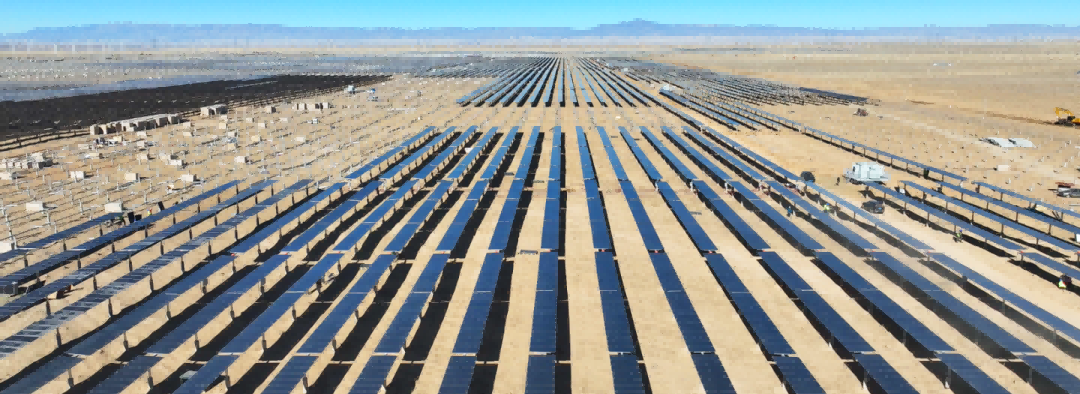
https://mp.weixin.qq.com/s/48ikTsnsC1ltkz7dRYBXkw
Hot 4: Exceeding Approvals by Tenfold! Vietnam’s Solar PV Situation Remains Unsettled
According to Vietnamese media reports, government inspectors have found that Vietnam’s installed photovoltaic capacity has exceeded the government-approved plan by tenfold.
Among these, the Ministry of Industry and Trade of Vietnam has independently approved 114 projects and has requested the Prime Minister’s Office to approve an additional 54 projects to be added to PDP8.
A report released by the government this Monday stated that none of these 168 projects have any legal basis to be added to PDP8.
This violation has led to a grid-connected photovoltaic installed capacity of 8.6GW by the end of 2020, which is ten times the approved plan.
Similar violations were also found in rooftop photovoltaics. By the end of 2020, the total installed capacity of rooftop photovoltaics exceeded 16.5GW, 19 times the approved plan.
The approval of some projects was based on legal clauses that are not appropriate, but they still qualify to enjoy the feed-in tariff of 8.38 US cents/kWh for 20 years.
However, the transmission capacity has not kept up with the surge in photovoltaic installed capacity in the central and central highland regions, leading to grid overloads in several areas including Ninh Thuan, Phu Yen, Binh Thuan, Gia Lai, and Dak Lak.
Inspectors stated: “The imbalance between installed capacity and transmission capacity has led to low grid efficiency and undermined the PDP.”
They added that this constitutes a waste of resources and has damaged Vietnam’s investment reputation.
Another violation by the Ministry of Industry and Trade is the delay in completing the national solar development plan by 2025.
The Prime Minister’s Office issued policies to encourage solar investment in 2017 and tasked the ministry with developing a national plan, but it took the ministry nearly two years to complete the plan.
This means that the solar power development plan was formally established only six months before the expiration of the incentive mechanism. This resulted in hundreds of projects being approved without any legal basis.
